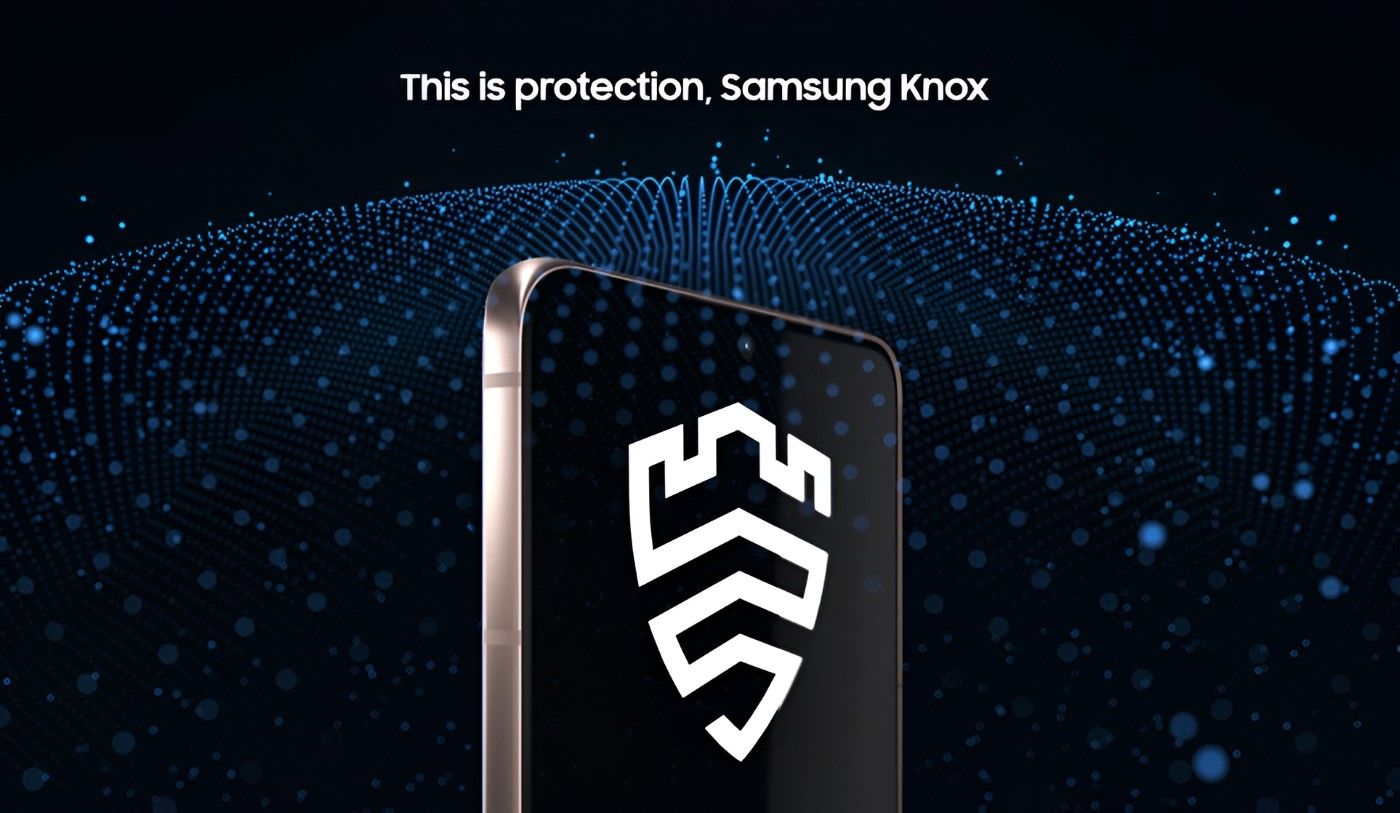I’m tired of checking my notifications obsessively. The older I get, the more I realize that I’m choosing between dopamine and disappointment when I use my mobile device. If I receive a credit alert from my bank, I’m excited. If I see a promotional spam or annoying text from someone, I’m irritated. More often than not, I choose both, and it’s an unhealthy state of being.
I know I’m scrolling because my brain has been trained to think boredom is a problem that needs to be resolved. Although it’s not an easily broken cycle, the solution isn’t always dramatic. I don’t want to delete all my apps and content, but I should go outside and touch grass occasionally. It’s why I built a system to nudge me out of the loop without cutting me off completely. Here’s how.
Make your phone visually boring
If it looks like a graveyard, you’ll stop visiting it for entertainment
Your phone needs to be dry for you to escape it. The science behind it is that your brain is constantly scanning for rewards, and your device’s colorful scheme triggers anticipation. I’m not a fan of many colors or aesthetics on my phone. Still, when I stumble across a good wallpaper or theme, I don’t hesitate to apply it.
That’s partly why it’s hard to put my phone down. You’re more likely to keep scrolling through a phone that looks exciting than a phone that feels lifeless by design. Activate settings that reduce this cue-driven behavior. Your brain loses interest when there’s nothing exciting to see at a glance.
Start by choosing a black or dark gray wallpaper. Download a plain black image or screenshot a blank Notes app page if your Android doesn’t offer solid colors. I use apps like Amoled Backgrounds to get free dark wallpapers. It also helps if you switch to a subtle launcher and hide app notification labels.
These solutions disrupt the invitation to pick up your phone. You still need to pacify your cravings for the content that exists beyond the visuals. One trick I use is to log out of doomscrolling apps and move them off the home screen, coupled with the following steps.
Activate bedtime mode during daytime
Your brain needs a nap more than your body does
It seems odd to say I turn in early in the day. That’s what I do with Android’s Digital Wellbeing features. What I mean is using them to tighten your focus on reality. Sometimes, you’re overstimulated in the middle of the day and need to step back from the digital noise.
What makes Bedtime Mode, and others in the settings menu, brilliant is how it bundles several powerful tweaks together in one. On its own, each setting is minor. However, when combined, they create an intentionally bland environment.
Grayscale transforms your entire screen into black and white. Keeping the Screen Dark turns off the always-on display, so your lock screen can’t bait you. I avoid turning them off by pairing them with physical action. I put my phone in a drawer or far enough that backing out requires effort. That extra step gives your brain time to reconsider.
Set intentional app limits and goals
Your doomscrolling apps need boundaries
Your brain runs on loops of cues, actions, and rewards. If you see a notification from Instagram or Snapchat (the cue), your finger moves to open it (the action), and your brain gets a dopamine spike from seeing a new post or video (the reward). Interrupt it at the right moment to stop it. Screen time goals and timers help you create a temporary pause between your impulse and your action.
However, Android’s Digital Wellbeing timers are easy to override. I’ve set a one-hour limit for Instagram multiple times. However, when the timer barely reaches 10 minutes, I delete it and open the app. Third-party apps are more effective. I use BePresent on my iPhone, but it’s not available on Android. For Android, I recommend Forest. The app lets you plant a tree every time you want to stay focused.
If you close the app or get distracted, the tree dies. You may want to cheat the system and erase your failed attempt history. It requires virtual coins. Otherwise, you’ll watch an ad to erase the withered tree. It’s annoying enough to make you take it seriously. The app only works if you care about the environment. If you’re not the type to feel guilty about a virtual tree dying, use something stricter.
The cleanest fix is to delete distracting apps. That’s what I did in the case of TikTok and Snapchat. When I felt the urge to check my notifications, I had to open Google Chrome and access the web versions. It’s discouraging, and I haven’t used them since.
Change wellbeing settings from the inside
There are many screen cutdown apps and controls to explore and take back control of your life from your phone. There are also libraries of third-party apps to hold you accountable. Still, there are only so many of them you can activate. The real setting you need to adjust to is mental. Decide on the kind of relationship you want with your device. You can start with the provided steps and work your way up to digital freedom.





… [Trackback]
[…] Read More Information here to that Topic: geeksforgeeks.org/i-slashed-my-screen-time-by-changing-these-underrated-android-settings/ […]